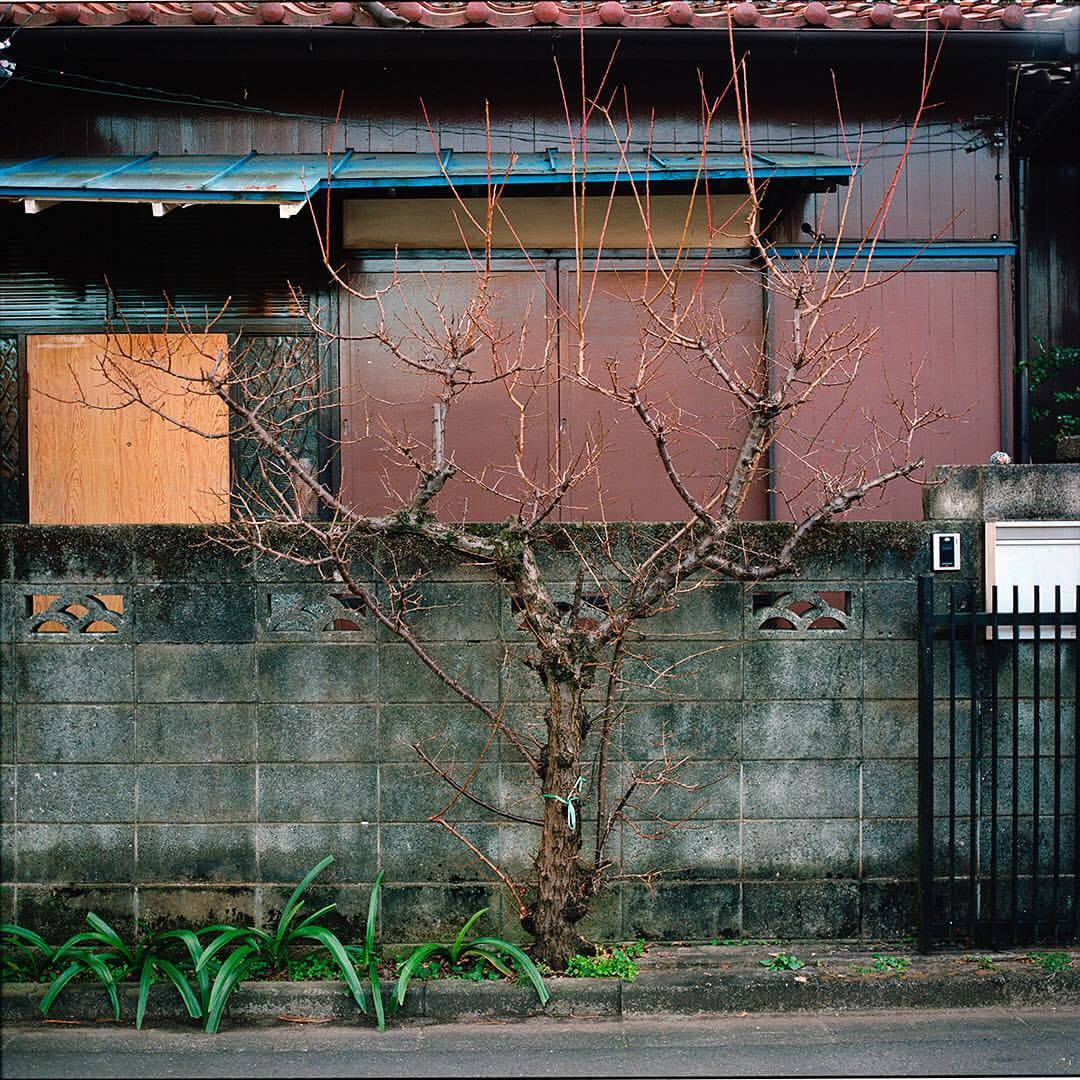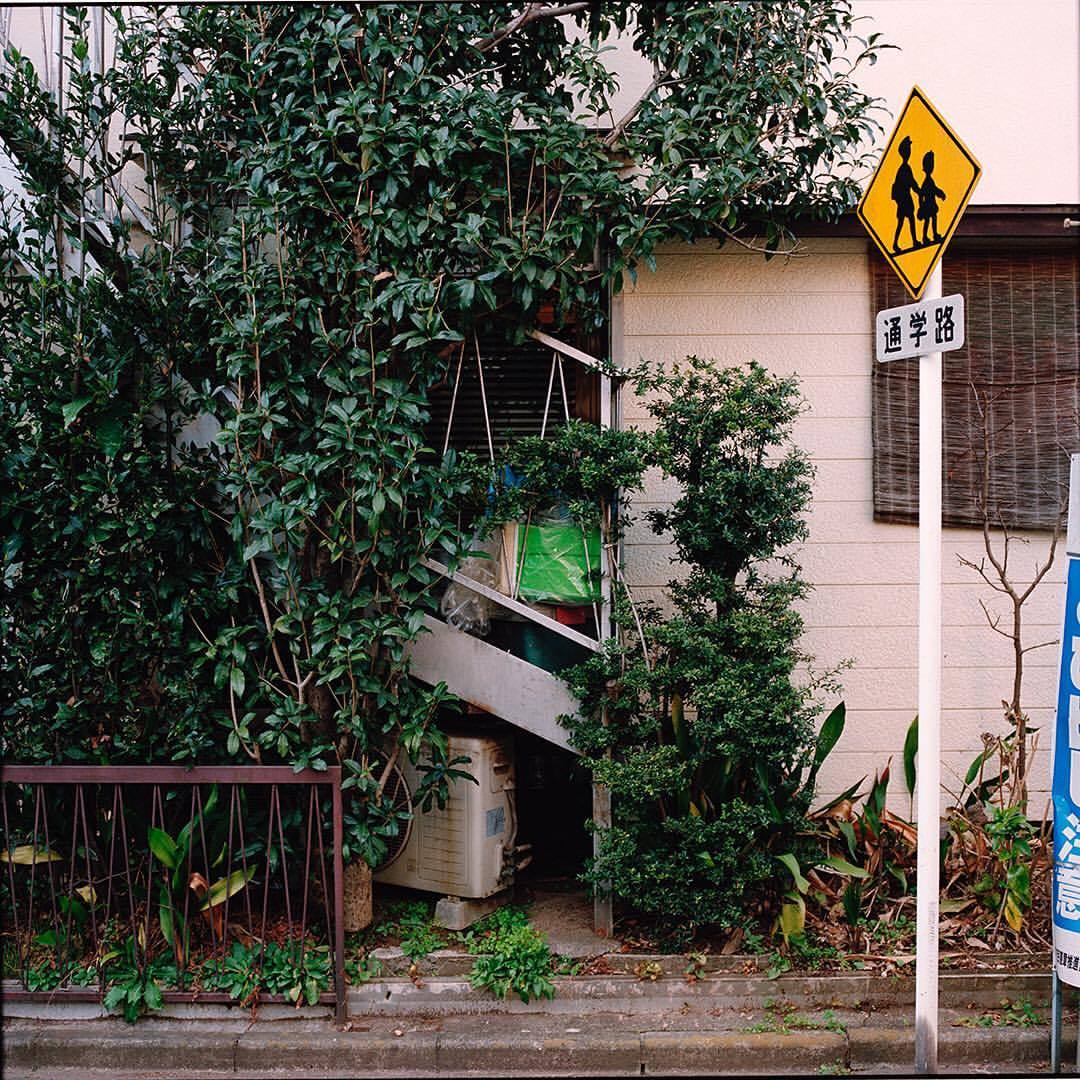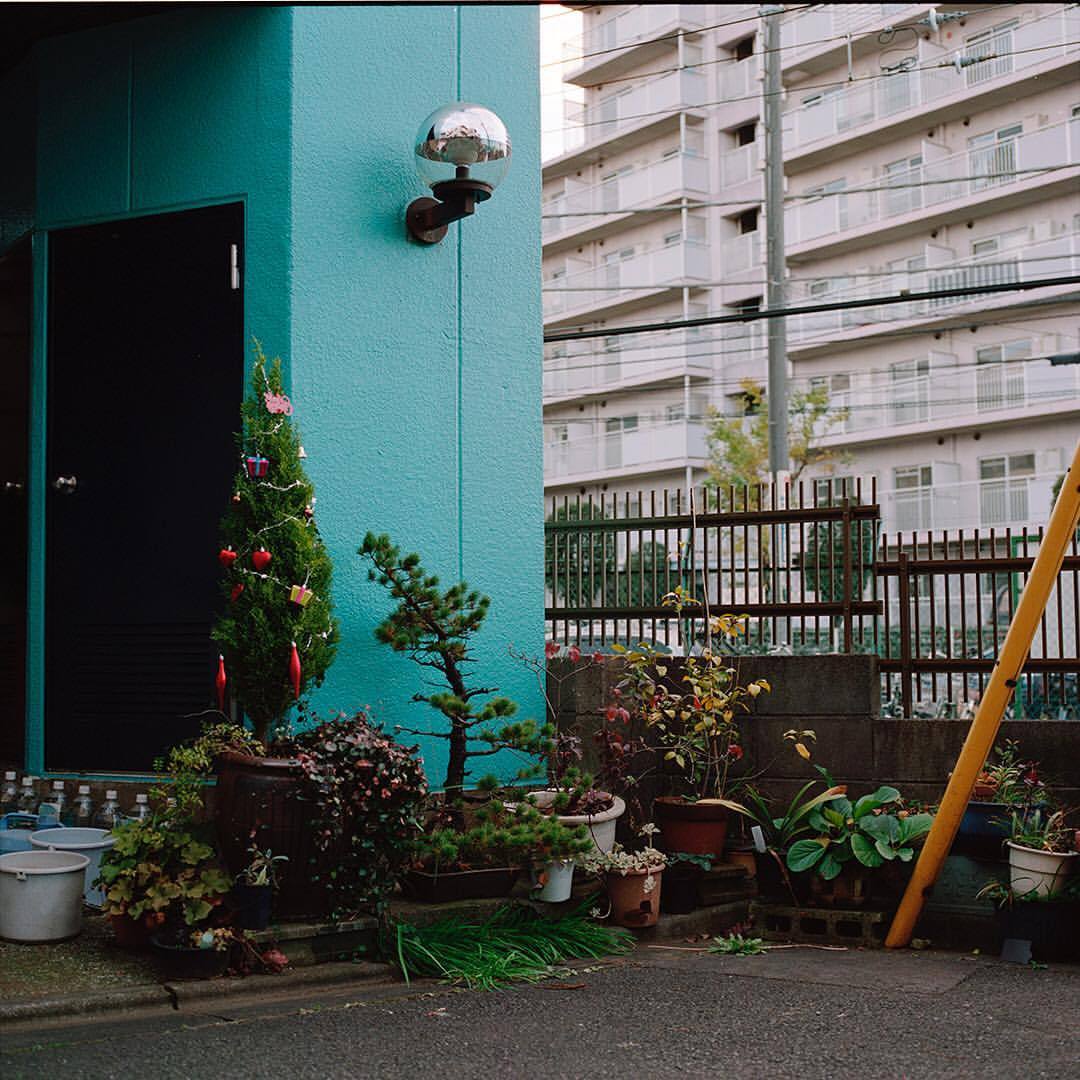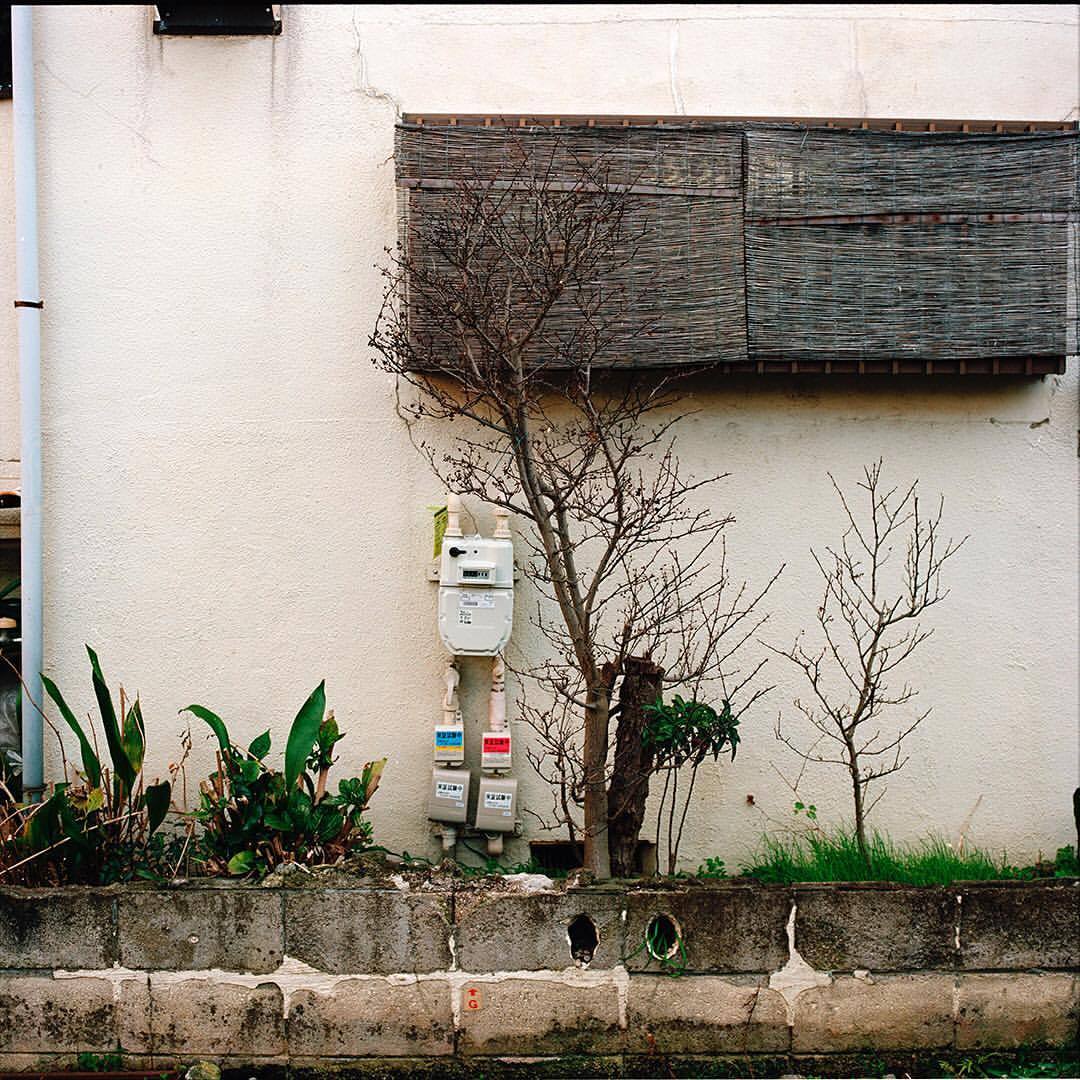‘Fuzei’, a Very Japanese Feeling
In his eponymous series of shots of urban scenes, photographer Ryota Kajita seeks to define a word that is difficult to translate.

“Fuzei” (2015) by Ryota Kajita
Known primarily for his travels across Alaska—where he has been living for 15 years—and for his work based around ice and its evolution, photographer Ryota Kajita created a radically different series in 2015, entitled Fuzei (風情). Through the series, the artist shares a photographic experiment into the interpretation of the word and presents images of Japanese streets.
‘When we encounter something that quietly resonates in our mind, usually something natural or elegant, we say “I feel fuzei in this scenery” or “this brings on a sense of fuzei”.’ The word is also linked to mono no aware, a concept theorised by philosopher Motoori Norinaga in the 17th century that relates to ‘the awareness that everything is transient and impermanent‘, the artist explains to Pen.
Fuzei: an intention
The series presents details from the urban landscape such as air conditioning units, electric cables, walls of houses, and façades of buildings, with which nature coexists or (re)claims its rights, like grass growing back between the cracks in the tarmac. In other instances, the residents wanted to grant nature a place, and it makes itself at home. Even though none of this is organised with care, the composition and assembly manage to appear harmonious.
These little fragments of nature also allow the residents to follow the rhythm of the seasons as the trees and plants evolve. ‘I personally find the feeling of fuzei in ordinary, everyday life, even in atypical subjects, like human-made sceneries and objects, like plastic pipes on buildings and concrete walls. I see that people living in crowded cities are very creative and try to make their small houses and gardens attractive. Sometimes the effort ends up with humorous or peculiar appearances despite the original intention’, the artist explains.
‘[These images] might be far away from the typical natural subject of fuzei, like the moon, flowers, and birds, but I find them attractive. In this series, I tried to capture the sense of the beauty I find in them in a way that can be understood universally. It is a photographic experiment of interpreting the word’, he concludes.
Although Ryota Kajita does not aim to convey a message through these photographs, he seeks to give off a feeling; he gives an impression of nature taking revenge, in some sense, but it is a gentle form of revenge, a response, and a signal that nothing is permanent.
In another series entitled Ice Formation, the photographer gathered together the most unusual shapes created by frost and ice. Some look like flowers, and others resemble cells seen through a microscope, craters on the surface of the Moon, or spots of paint.
Fuzei (2015), a series of photographs by Ryota Kajita, can be viewed on the artist’s website.

'Fuzei' (2015) by Ryota Kajita

'Fuzei' (2015) by Ryota Kajita

'Fuzei' (2015) by Ryota Kajita

'Fuzei' (2015) by Ryota Kajita
TRENDING
-
The Tattoos that Marked the Criminals of the Edo Period
Traditional tattoos were strong signifiers; murderers had head tattoos, while theft might result in an arm tattoo.

-
Chiharu Shiota, Red Threads of the Soul
Last year, more than 660,000 people visited the retrospective 'Chiharu Shiota: The Soul Trembles' exhibit at the Mori Art Museum.

-
‘Before Doubting Others, Doubt Yourself. Who Can Truly Say a Dish Isn’t What It Used to Be?’
In ‘A Non-Conformist’s Guide to Surviving Society’, author Satoshi Ogawa shares his strategies for navigating everyday life.

-
The Story of Sada Yacco, the Geisha who Bewitched Europe
Described by Dazed magazine as the first beauty influencer, she has been restored to her former glory since 2019.

-
Ito Jakuchu's Naturalist Paintings
From 15 September until 14 October 2018, the Petit Palais showcased the artist's iconic ‘Images of the Colourful Realm of Living Beings’.





